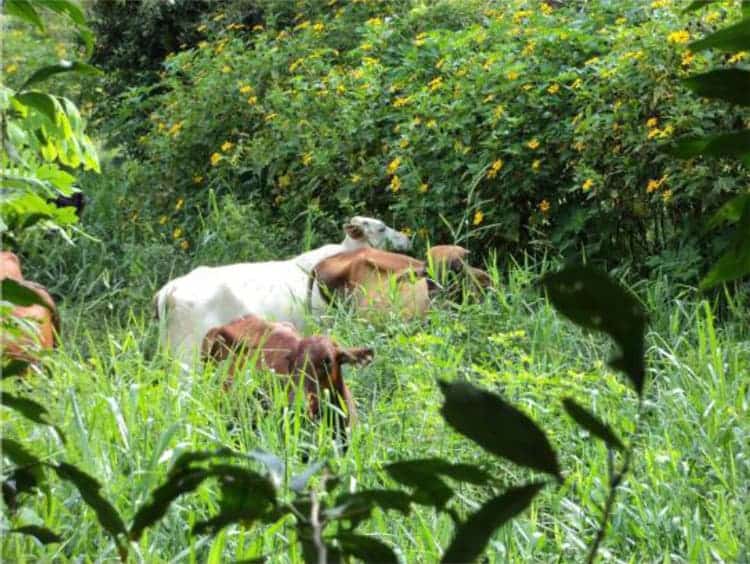It may seem like a shock for many people (especially those outside America) that it takes research to know livestock should be fed with pastures and shrubs; but most cattle in the US are fed with grain and corn, because it is cheaper due to subsidies. Unfortunately, this method is unsustainable and will only end up hurting both the economy and the environment in the long run.

Professor Donald Broom, from the University of Cambridge led a research which concluded that the future of livestock should include forest-pastoral (silvopastoral) systems which include shrubs and trees with edible leaves or fruits as well as herbage.
“Consumers are now demanding more sustainable and ethically sourced food, including production without negative impacts on animal welfare, the environment and the livelihood of poor producers. Silvopastoral systems address all of these concerns with the added benefit of increased production in the long term.”
Most of the cattle production done today occurs on cleared land with only grasses grown specifically for the cows; this of course means removing the trees and shrubs, as well as an increased use of pesticide. Also, there is a lot of fertilizer used to maintain the pasture and it usually contaminates the soil and waterways by agricultural chemicals.
As a sustainable alternative, researchers advocate the use of a diverse group of edible plants such as that in a silvopastural landscape which:
- promotes healthy soil with better water retention
- helps fight soil erosion
- encourages predation of harmful animals
- minimizes greenhoue emissions
- reduces the carbon footprint of the activity and minimizes greenhouse emissions
- reduces injury risk and stress for animals
- increases biodiversity
- improves job satisfaction for farms.
“The planting as forage plants of both shrubs and trees whose leaves and small branches can be consumed by farmed animals can transform the prospects of obtaining sustainable animal production,” said Professor Broom. “Such planting of ‘fodder trees’ has already been successful in several countries, including the plant Chamaecytisus palmensis which is now widely used for cattle feed in Australia.”
Farming is one of the main enemies of biodiversity – it’s estimated that 33% of the total land surface of the world is used for livestock production.
“It is clear that silvopastoral systems increase biodiversity, improve animal welfare and provide good working conditions while enabling a profitable farming business. The next step is to get farmers to adopt this proven, sustainable model.”
His paper ‘Sustainable, efficient livestock production with high biodiversity and good welfare for animals’ was published today, 25 September, in the journal Proceedings of the Royal Society B.


